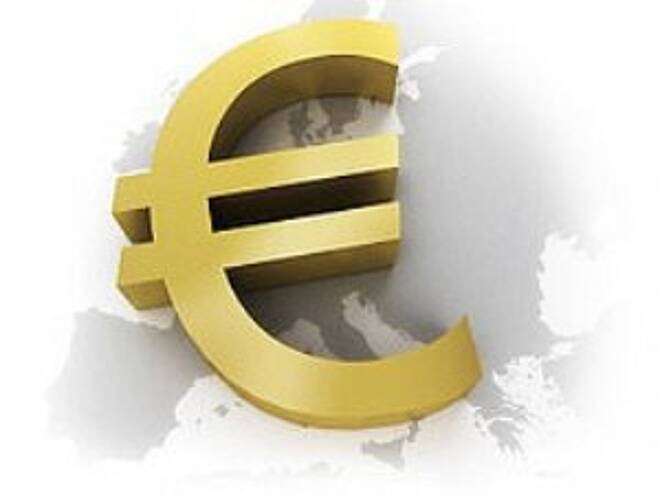Advertisement
Advertisement
EUR/USD Monthly Forecast – February 2018
By:
The EURUSD pair continued to have a bullish month during January, following up from the bullish month that we had seen in this pair during last December
The EURUSD pair continued to have a bullish month during January, following up from the bullish month that we had seen in this pair during last December as well. Some part of the market expected the bullishness from December to be corrected during the month of January as the market returned back to full strength but that has not happened so far and the euro continues to trade in a strong manner all across the board as it surged towards the 1.25 region.
EURUSD Continues Rise
The euro has been driven higher by a combination of the inherent strength in the euro and also due to the weakness in the dollar that we have been seeing since the middle of December. The strength of the euro has been something that has been undeniable as we have seen some strong incoming data from the Eurozone. The incoming data has been so strong that even the ECB cannot deny its existence and we have seen them saying that they would be looking to end the QE by the close of this year and after that, we should probably see them thinking hard about the hiking of rates.
This prospect of the QE coming to an end has helped to buoy the euro while it has placed the stock markets in the Eurozone under pressure due to the fact that the funds would begin to dry up if and when that happens. The euro has managed to climb through the 1.20 region and has continued to move higher during the course of the month without facing much of a resistance from the dollar which has been on the backfoot all across the board during January.
There have been no specific fundamental reasons for the dollar to find itself in the position that it is in. In fact, the incoming data from the US has been quite steady. If at all anything that needs to be blamed, it is the fact that there have been some geopolitical tensions in the US over the past couple of months that has led to some uncertainty among the traders and investors. Also, it has to be noted that the neither the Fed nor the ECB seem to be too worried about the strengthening of the euro or the weakening of the dollar. Both of them have had opportunties to talk down the euro or talk up the dollar but they have not done so. This has been a signal to the markets, that despite the strong economic data from the US, the Fed seems to be happy with a weak dollar at least during the month of January.
Dollar Likely to Rebound
But looking ahead to the coming month of February, that situation, we believe, is likely to change. We have a new Fed Chief in Powell taking over from Yellen and the market would be keen to know what he thinks about the economy and also the timeline for the rate hikes. Looking ahead, the market expects the Fed to hike atleast 3 times this year and has also begun to price in the same. If this is true, then the first rate hike for the year should come in the month of March. But the Fed has made it quite clear that it would be guided by the incoming data and that nothing is written in stone.
That is why, the data from the US would be watched pretty closely in the upcoming month and if the data does come out strong, then we should see the dollar pick up strength as the anticipation of the next rate hikes would begin to grow. Also, the EURUSD pair has hit of pocket of selling in the 1.25 region which should hold the prices for the short term. Considering a combination of the above events and the fact that the global yields are rising and the stock markets are beginning of fall, we should see the funds being pushed into safe havens like the dollar which should also be useful for it to gain in strength. Traders would do well to watch the price action closely and those who are trading for the medium and long term should watch for signals of change in direction of the trend and get it confirmed before buying or selling the pair.
About the Author
Colin Firstauthor
Colin specializes in developing trading strategies and analyze financial instruments both technically and fundamentally. Colin holds a Bachelor of Engineering From Milwaukee University.
Advertisement
